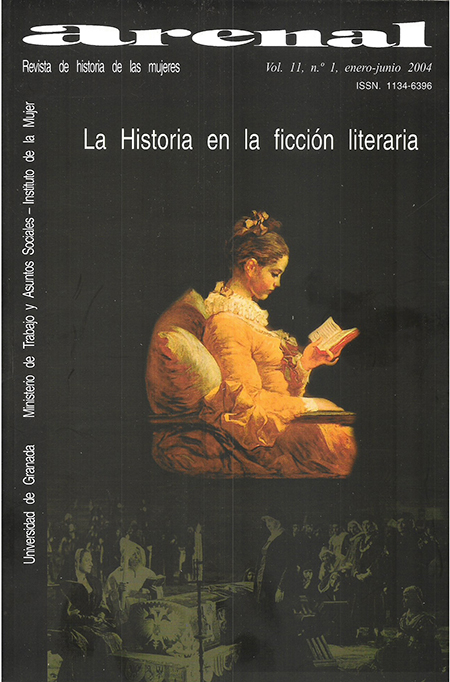Myth and reality of the "feminisation of consumption" in modem Europe: Consumption pattems of women from the preindustrial Penedés area
DOI:
https://doi.org/10.30827/arenal.v11i1.16183Keywords:
Consumption patterns, "Feminisation of consumption", Feminine consumption, Bourgeois consumption, Dowry system, Widowhood, Legal conflicts, Survival mechanismsAbstract
At the end of the 18th century there emerged sorne theories to explain the attraction that all women were supposed to feel towards any kind of frivolities and the latest fashion, thing that would turn them into potential consumers of these items in greater numbers than men. However, all the studies that distinguish and characterize this "feminine behavior" as regards the consumption are based on the analysis of a very small group of women: those belonging to the upper class and residing in cities such as Paris and London. Instead, little is known about the consumption patterns of the majority of women, most of whom were poor and resided in rural areas. The main aim of this article is to approach this issue in a specific area, the Catalan administrative division of Penedés, mainly from analyzing the postmortem inventories drawn up between 1670 and 1790. In order to do so a special attention is paid to the effects of the legal régime of the Catalan family and of the different stages of the woman's life regarding possession and the use of goods.Downloads
Downloads
Published
How to Cite
Issue
Section
License
Los/as autores/as que publican en esta revista están de acuerdo con los siguientes términos:
Los autores/as conservarán sus derechos de autor y garantizarán a la revista el derecho de primera publicación de su obra, el cuál estará simultáneamente sujeto a la Licencia de reconocimiento de Creative Commons 4.0 BY-NC-ND que permite a terceros compartir la obra siempre que se indique su autor y su primera publicación esta revista.
Los autores/as podrán adoptar otros acuerdos de licencia no exclusiva de distribución de la versión de la obra publicada (p. ej.: depositarla en un archivo telemático institucional o publicarla en un volumen monográfico) siempre que se indique la publicación inicial en esta revista.
Se permite y recomienda a los autores/as difundir su obra a través de Internet (p. ej.: en archivos telemáticos institucionales o en su página web) antes y durante el proceso de envío, lo cual puede producir intercambios interesantes y aumentar las citas de la obra publicada. (Véase El efecto del acceso abierto).














